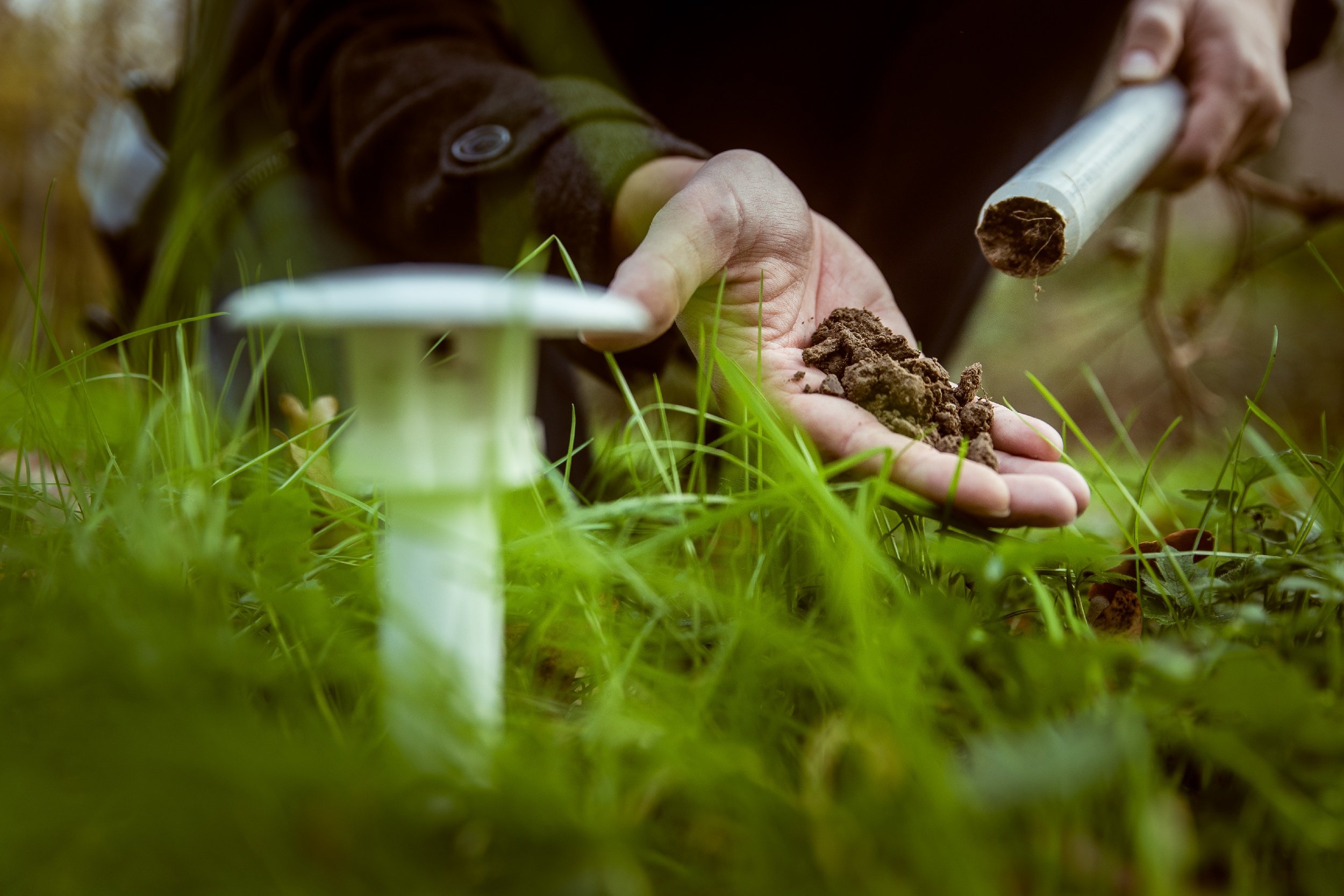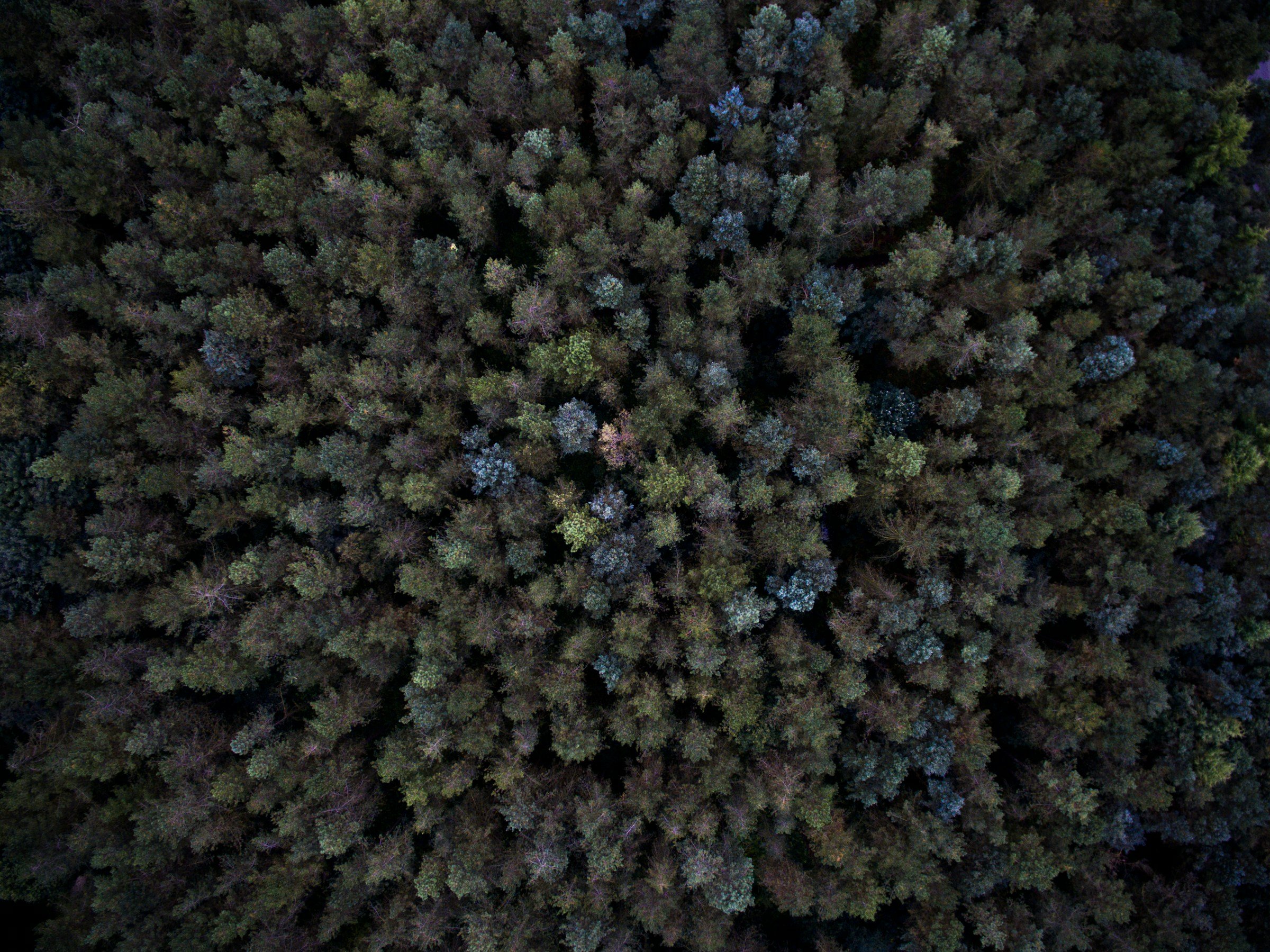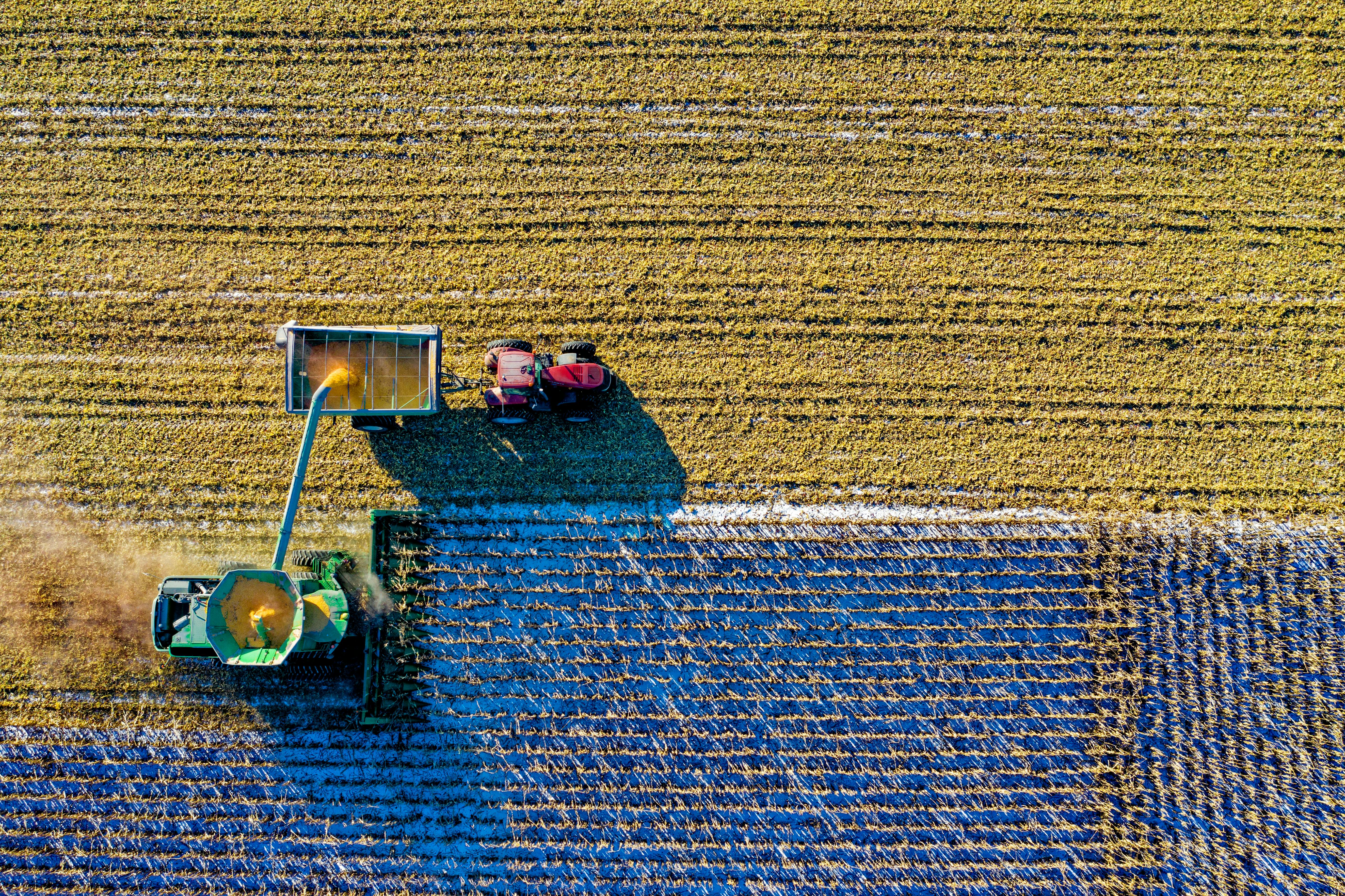Climate change in our backyard
In April 2020, the temperature in Belgium was almost 3 degrees above average, rainfall reached only 40% of the normal amount and we recorded the lowest average air humidity ever for April. And May … was even drier, breaking again rainfall & humidity records: the onset of another hot and dry spring-summer season. This pattern starts to be common. Some may welcome this warmer and drier weather, but it has an enormous impact on our society and on economic sectors like agriculture & food production.
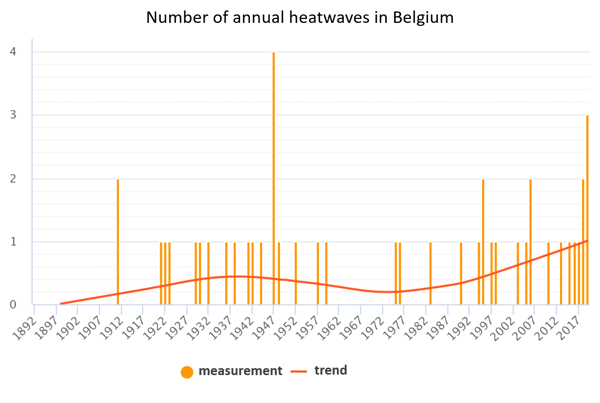 Number of annual heatwaves in Belgium: absolute numbers and trendline. Note that in the last 6 years there was at least one heatwave per year, that never occurred before. - Source: Royal Meteorological Institute of Belgium
Number of annual heatwaves in Belgium: absolute numbers and trendline. Note that in the last 6 years there was at least one heatwave per year, that never occurred before. - Source: Royal Meteorological Institute of Belgium
5000 measuring points
For this reason the University of Antwerp and De Standaard initiated ‘CurieuzeNeuzen In De Tuin’, the largest citizen science campaign ever on the impact of heat and drought in our gardens. From city or countryside gardens to public green spaces, CurieuzeNeuzen is looking for 5000 participants, to install one of the 5000 temperature and soil moisture sensors that will monitor the weather conditions between April and October 2021.
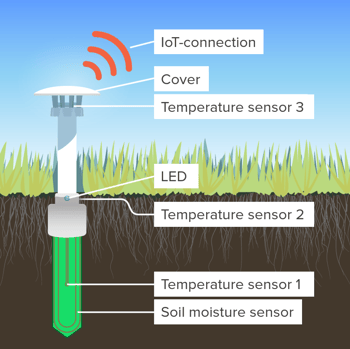
The temperature and soil moisture sensor of which 5000 will be deployed in this citizen science project 'CurieuzeNeuzen in de Tuin'.
The results will reveal to which extent the layout of the garden influences the microclimate. For instance it will be investigated what the impact is of bare soil, paved surfaces, trees and water bodies. Indeed, small landscape elements can have a large impact on the microclimate and hence on the well-being and health of our citizens. Private gardens and public green spaces can have cooling effects and facilitate the infiltration of rainwater and aid carbon sequestration.
Every participant will receive a soil and weather station. This so-called “gazondolk” or “lawn dagger” will measure the temperature and soil moisture every 15 minutes. Measurements will start at the beginning of April 2021 after each participants has taken a soil sample that is sent to determine the soil texture (% clay, sand and loam) and the carbon content of his/her garden. The sensors will be connected to the Internet of Things, allowing all participants to follow their data via a personal dashboard. Scientific results will be published in 2022.
From gardens to potato fields
Next to our private and public gardens, agricultural fields are also very susceptible to extreme weather conditions. CurieuzeNeuzen in de Tuin will therefore also perform a side experiment dedicated to the impact of heat and drought on the cultivation of potatoes. Why potatoes? The potato is closely intertwined with the traditional appreciation of good food in Belgium. Above all in Flanders, the northern half of the country, the ideal soil and growing conditions and an optimal climate form the basis of successful potato cultivation. Professional know-how throughout the entire chain, constant innovation and a detailed quality system ensure excellent potato quality.
In general the potato varieties cultivated in Belgium prefer air temperatures between 20-25°C and soil (root) temperatures between 15-20°C, while the soil should always be moist without being too wet. Long episodes of drought, heat waves and intensive rains lead to an inferior quality and decreased production, as we witnessed in the past years. All of this will be studied in detail with a network of 500 sensors installed in various potato fields.
When citizen science meets remote sensing
But of course, the story wouldn’t be complete without the involvement of remote sensing technology! While the ground sensors provide in-situ data our remote sensing imagery provides the spatial overview, revealing the health status of the crop on the field. The in-situ data will be added to WatchITgrow, our online platform supporting growers to monitor their crops in view of increasing yields in a sustainable way. The new field data will be combined with remote sensing data as well as other in-situ data using big data analytics and machine learning to provide growers with more timely and personalized advice.
‘CurieuzeNeuzen in de Tuin’ is an initiative of the University of Antwerp and De Standaard, in close collaboration with Rabobank, Orange, Vito, VMM, Department of Economics, Science and Innovation, Department of Environment, Bio-Planet, DPD and Aquafin.
------------------
For more information about the impact of extreme weather events on crops, you can also read one of previous blogs 'Weather impacts on agriculture' or the scientific publication 'Weather related risks in Belgian arable agriculture'.


